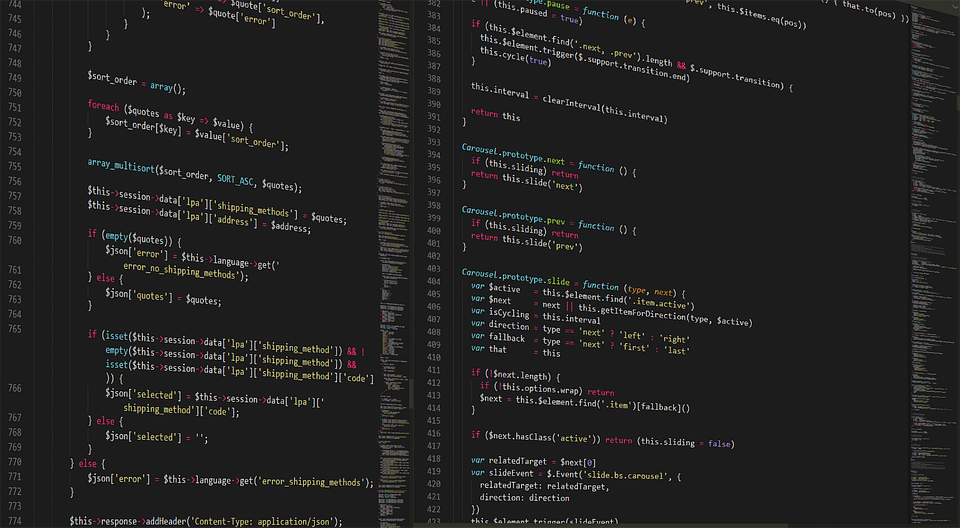In an age where technology permeates every aspect of our lives, understanding programming languages has become more important than ever. Whether you want to build your own website, automate tasks, or delve into data analysis, knowing how to code opens up a world of opportunities. This article serves as your beginner’s guide to programming languages, providing insights into their types, purposes, and how to get started on your coding journey.
What is a Programming Language?
At its core, a programming language is a formal set of instructions that can be used to produce specified outputs. These languages are the medium through which humans communicate with computers. Just as we use grammar and vocabulary to convey our thoughts, programming languages have their own syntax and semantics that dictate how commands are structured and understood.
The Different Types of Programming Languages
Programming languages can be broadly categorized into several types, each with its own unique features and intended use:
1. High-Level Languages
High-level languages are designed to be easy for humans to read and write. They abstract the complex details of the computer’s hardware, allowing programmers to focus on problem-solving. Examples include:
- Python: Known for its readability and versatility, Python is widely used in web development, data analysis, artificial intelligence, and more.
- JavaScript: The backbone of web development, JavaScript allows developers to create interactive web applications.
- Ruby: Designed for simplicity and productivity, Ruby is often used for web development thanks to the Ruby on Rails framework.
2. Low-Level Languages
Low-level languages are closer to machine code, making them more difficult for humans to read but allowing for greater control over hardware. They include:
- C: A foundational language that has influenced many others, C is commonly used in system programming and embedded systems.
- Assembly Language: A symbolic representation of machine code, used for tasks that require direct manipulation of hardware.
3. Scripting Languages
Scripting languages automate tasks that would otherwise be performed manually. They often serve as a glue between different software components. Examples include:
- Bash: A shell scripting language used primarily in Unix/Linux environments for task automation.
- PHP: Widely used for server-side web development, often in conjunction with databases.
4. Domain-Specific Languages (DSLs)
DSLs are tailored for specific tasks or industries. They often have limited applicability but excel in their niche. Examples include:
- SQL: A language for managing and querying relational databases.
- HTML/CSS: Used for creating and styling web pages, essential for front-end developers.
Choosing the Right Language
When starting, it can be overwhelming to choose which programming language to learn first. Here are some considerations:
- Goals: What do you want to achieve? If you’re interested in web development, JavaScript and Python are excellent choices. For data science, Python or R may be more suitable.
- Community Support: Opt for languages that have strong communities and resources. Python is known for its vast community and resources for beginners.
- Job Market Demand: Research job listings in your area or field of interest to see what languages are in high demand.
Getting Started
Once you’ve decided on a language, here are some steps to help you start coding:
-
Online Courses and Tutorials: Websites like Codecademy, freeCodeCamp, and Coursera offer structured courses for beginners.
-
Books and Documentation: Invest in beginner-friendly books and explore official documentation to deepen your understanding.
-
Practice Projects: Apply what you learn through small projects. Build a personal website, create a simple game, or automate a mundane task.
-
Join Coding Communities: Platforms like GitHub, Stack Overflow, and Reddit have vibrant communities where you can ask questions, share your work, and collaborate with others.
- Contribute to Open Source: Once you feel comfortable, consider contributing to open-source projects. This is a great way to gain practical experience and collaborate with experienced developers.
Conclusion
Unlocking the code through learning programming languages is an empowering journey that equips you with the skills to solve problems, innovate, and adapt in our technology-driven world. Whether you aim to start a new career, enhance your current job skills, or simply explore a new hobby, picking up programming is a valuable investment in your personal and professional growth. Remember, the road may be challenging, but persistence and practice will undoubtedly lead you to success. Happy coding!



